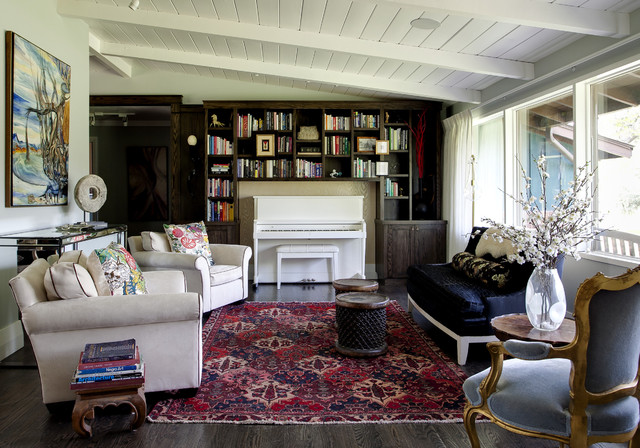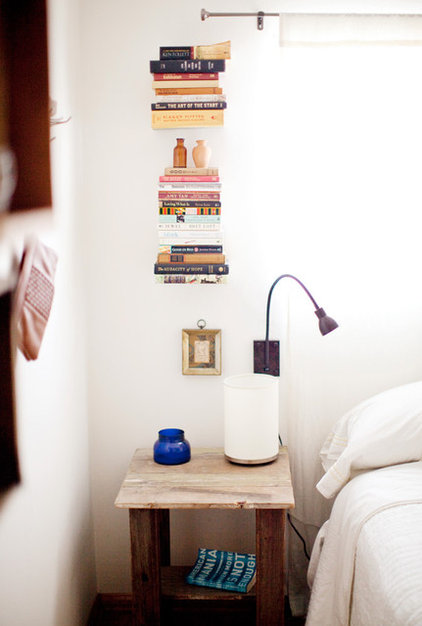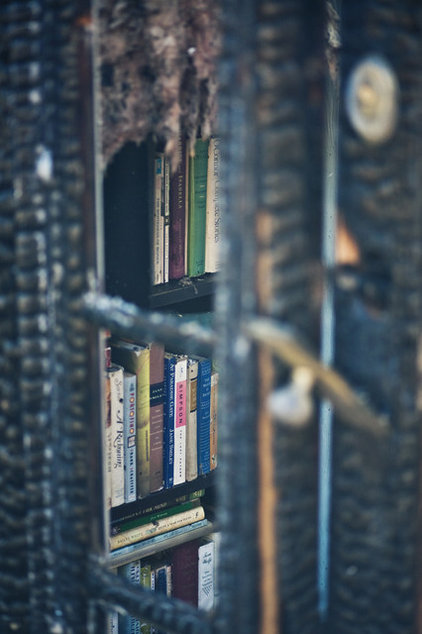Documenting your home items is essential, even if disaster seems unimaginable. And it may be easier than you think.
You may be surprised to know that losing all of my earthly possessions was the easy part of having an arsonist set my house on fire. The hard part was wrangling with the insurance company while trying to build a new house.
Have you seen those insurance commercials where a kindly insurance adjuster is at the scene of a disaster, immediately cutting a generous check to the devastated homeowner? If you have, and that's what you think happens, I'm sorry to tell you it's not quite like that.
Imagine you've been hit by a car. You miraculously survive and desperately need medical attention. The paramedics arrive — O happy day! After a brief examination, they inform you they really want to help — and they absolutely will ... as soon as you complete a tiny little 5K. (Full disclosure: It's going to turn into an Ironman triathlon.) On your mark, get set, go! You find yourself jogging. "Don't worry," they assure you. "We'll be right beside you every step of the way." And they will ... thwacking you in the head with a 2-by-4.
That gives you an idea of what it's like settling with an insurance company after a house fire.
Imagine you've been hit by a car. You miraculously survive and desperately need medical attention. The paramedics arrive — O happy day! After a brief examination, they inform you they really want to help — and they absolutely will ... as soon as you complete a tiny little 5K. (Full disclosure: It's going to turn into an Ironman triathlon.) On your mark, get set, go! You find yourself jogging. "Don't worry," they assure you. "We'll be right beside you every step of the way." And they will ... thwacking you in the head with a 2-by-4.
That gives you an idea of what it's like settling with an insurance company after a house fire.
"I'm sorry," you may be thinking, "but that's not how it will be for me, because I'm insured for a zillion dollars."
We too had great coverage and ended up with a very good settlement — ours is actually a success story. And here's the thing: Take a look at your policy. Right before the dollar amount of your coverage, there are two very important words: "up to." As in "up to a zillion dollars." The difference between that and an actual zillion dollars is profound. (See Ironman and 2-by-4 thwackings above.) How an Inventory Can Help You I hope anyone reading this never has to face a house fire, but statistically speaking some of you will, and I'd love to make a terrible experience a little easier. Here's the secret: Before your house burns down, you need to make an inventory. That is, you need to make a list of every single item in your home. Bonus secret: After your house burns down — and I hope it never does — hire a a public adjuster. (See good-settlement success story above.) |
Just reading that may have caused your eyes to roll back into your head, and I'm sorry, but the only way to avoid needing to make an inventory is by avoiding a house fire, an earthquake, a flood, a hurricane or a tornado. I'm here to tell you that's not always possible, and creating an inventory before your house burns down (is shaken apart, floods, blows away etc.) is soooo much easier than doing so after.
The Organized Person's Way to Make an Inventory First we're going to look at the Naturally Organized way to create an inventory. My friend Jane is one of the most organized people in the world and an insurance adjuster's worst nightmare. First of all she actually has an inventory, and then it's broken down into mind-bogglingly detailed categories. Here they are: "Appliances (mostly major, but including air conditioners), artwork, brewery, china (and all butler's-pantry-type serveware), clothes, electronics, furniture, jewelry, kitchen (small appliances go here), linens, lamps and clocks, miscellaneous (bookends, wastebaskets, Christmas decor), rugs, sporting goods, tools, utility (ironing board, scale, telephones, lawnmower)." Jane runs a bed-and-breakfast out of her hundred-year-old home, and she acknowledges this affects the complexity of her inventory. "Clearly, there's more here than most places. We've got lots of categories because it's easier to find things and update. Some categories overlap a bit, like miscellaneous and utilities." |
Run the numbers on what it would cost to replace all of these small items. It adds up fast.
It doesn't take much more effort to do a really thorough job. Take a little time. Walk slowly through the house, room by room. Do close-ups of items of particular value. Turn things over to show labels or marks. Slowly pan your bookshelves. Even if you don't get every title, this will give you an idea of the number of hardcovers versus paperbacks, not to mention any other items. Open drawers and closet doors and lift up bedskirts. Don't forget the basement and the garage or attic as well as any outbuildings. It doesn't matter if the areas are a mess. Odds are, you'll never, ever need to look at this again, but a few of you will, and I guarantee that you will be unutterably glad to have this. Don't forget to film your landscaping. Our claim for my gardens and yards was thousands and thousands of dollars. Special note: If you rent rather than own your home, make sure to purchase renter's insurance. It is very reasonable, and you can get it through almost any insurance agent. And then make sure to do an inventory! Here's the alternative: Shut your eyes. OK, now open them. Where's your stuff? All gone! You want it back? Alrighty! Actually, that's not going to happen, but write down whatever you want to replace. What's that? Some things can never be replaced. Sorry! But tick-tock — we don't have all day. Thwack! Thwack! Thwack! And that's a picture of a good settlement. |







No hay comentarios:
Publicar un comentario